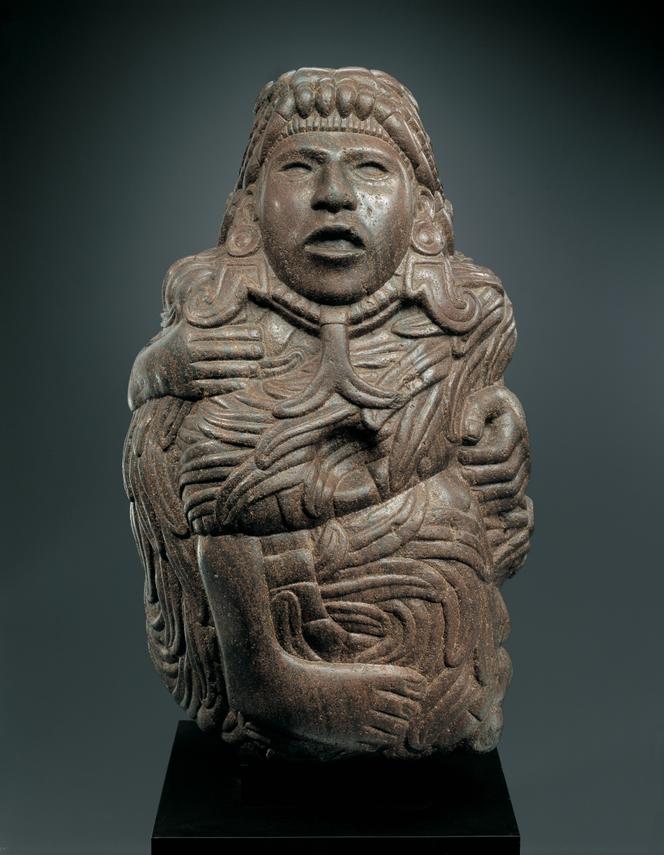


Don't call them "Aztecs" anymore, call them "Mexicas." Just as we no longer refer to the "Inuits" as "Eskimos" and no longer refer to the "Shuar" people as "Jivaros." For it was truly the Mexica Empire that was seized in 1521 by the Spanish led by Hernan Cortes. Cortes gave the name Mexico to the city he founded where the ancient capital, Tenochtitlan, once stood.
The term "Mexicas" does indeed appear in the texts and codices of the time, but a historical quirk in the 19th century led to the term "Aztecs" being more common. This change was due to the German explorer and naturalist Alexander von Humboldt, who used the term "Aztecs" to refer to the people of the mythical city of Aztlan. An invention that proved successful.
Although the original name has made a comeback in Mexico over the past decades, there is still an uphill battle to impose it on the rest of the world. The Musée du quai Branly-Jacques-Chirac's decision to choose an unknown word for the title of its new exhibition, instead of the comfortable, famous and evocative "Aztecs," is worth noting. "This is the first time that a museum has agreed to do a major exhibition on this civilization with the change of name," said Steve Bourget, in charge of the museum's Americas collections, along with Fabienne de Pierrebourg. They are both scientific curators of the exhibition.
So, the Mexicas are the subject on show at Quai Branly. This is not a wide-angle event embracing the entirety of this empire that dominated the region for two centuries, but a fascinating, well-documented zoom on what specialists call its "cosmovision." In other words, the Mexican civilization's representation of the world and the forces that animate it, through its mythology, pantheon and religious practices. The exhibition draws on hundreds of objects, three-quarters of which are being brought out of Mexico for the first time. Many come from the excavations at Mexico City's Templo Mayor, which have been ongoing since 1978.
To understand the importance of this archaeological site, let's go back half a millennium, to the city then called Tenochtitlan, which Cortes and his men "discovered." The Mexicas were originally migrants from northern Mexico. "They settled on one of the islands in a swampy area, which eventually became Tenochtitlan and grew to over 200,000 inhabitants, making it one of the largest cities in the world at the time," explained Bourget. "They created agricultural zones, and gradually expanded into Mesoamerica, confronting existing groups and subjugating them through military conquest."
You have 70.58% of this article left to read. The rest is for subscribers only.
